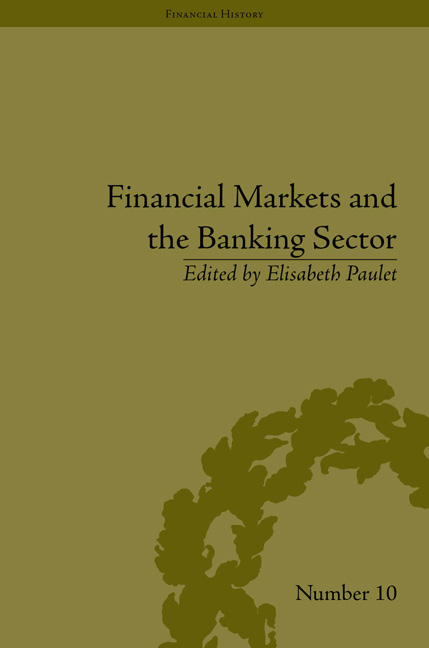Introduction
Summary
At the time of writing, the subprime mortgage crisis, despite the rescue plan of American and European governments, is still creating profound turbulence in the financial and real economic world. The extreme fluctuations on financial markets, solvency problems of banking institutions, lack of confidence of economic agents, who refuse to lend on a long-term basis are the new parameters to consider. The first victims are middle-class people and small and medium-sized enterprises, for which obtaining credit is becoming a nightmare. Confronted by these new elements, regulators, economists, nations and politicians face a very challenging situation. First, to stop the ongoing situation. Second, to solve the structural problem at its origin. To do so, the responsibilities of each actor have to be taken into consideration. Two parts will constitute this book: the first will focus on financial markets and specifically their role as regards financial stability in a global word; the second will give an insight into the banking sector with a special emphasis on Europe. The final objective is to give a hint of the actual situation as regards the integrity and/or transparency of the international financial system.
Part 1: Globalization and Financial Markets: a Dialectic Dynamics
The financial part will essentially focus on the evolution of global finance and its efficiency as regards international context. A few months ago, the New York Stock Exchange faced the greatest collapse of its markets since 1929. The question of the salvage of banking institutions was at the core of debate. Two antonymic paradigms were discussed: should the government and the central banker intervene in order to restore the confidence on the financial markets? Would it be more efficient to let insolvent institutions to leave the markets? The adoption of the Paulson plan illustrates a situation where the Americans have chosen to inject liquidity into economic markets to avoid banking runs. On the other side of the Atlantic, Europeans have chosen to adopt the same attitudes. For the first time in our history, a common decision was taken to limit an international financial crisis.
- Type
- Chapter
- Information
- Financial Markets and the Banking SectorRoles and Responsibilities in a Global World, pp. 1 - 6Publisher: Pickering & ChattoFirst published in: 2014

